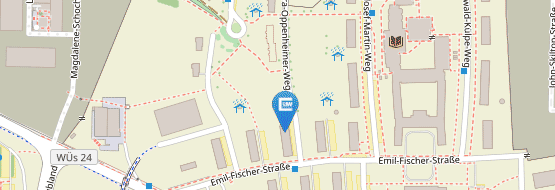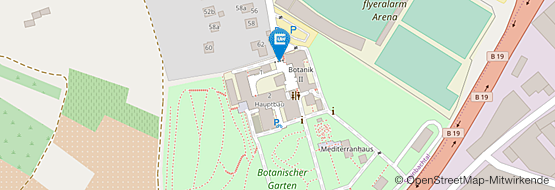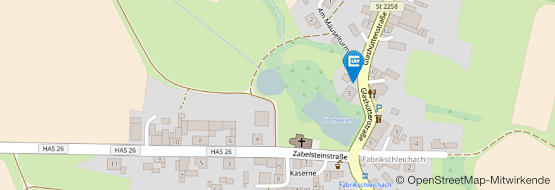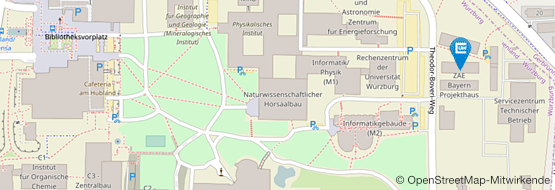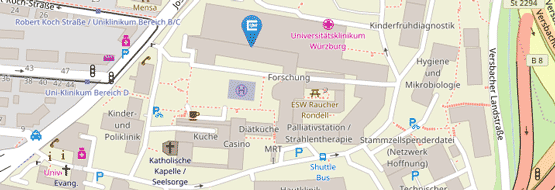Live-Cell Super-Resolution Imaging with Synthetic Fluorophores
30.01.2012Sebastian van de Linde, Mike Heilemann, and Markus Sauer
Annual Review of Physical Chemistry
Vol. 63: 519-540 (Volume publication date May 2012)
First published online as a Review in Advance on January 30, 2012
DOI: 10.1146/annurev-physchem-032811-112012
Super-resolution imaging methods now can provide spatial resolution that is well below the diffraction limit approaching virtually molecular resolution. They can be applied to biological samples and provide new and exciting views on the structural organization of cells and the dynamics of biomolecular assemblies on wide timescales. These revolutionary developments come with novel requirements for fluorescent probes, labeling techniques, and data interpretation strategies. Synthetic fluorophores have a small size, are available in many colors spanning the whole spectrum, and can easily be chemically modified and used for stoichiometric labeling of proteins in live cells. Because of their brightness, their photostability, and their ability to be operated as photoswitchable fluorophores even in living cells under physiological conditions, synthetic fluorophores have the potential to substantially accelerate the broad application of live-cell super-resolution imaging methods.




